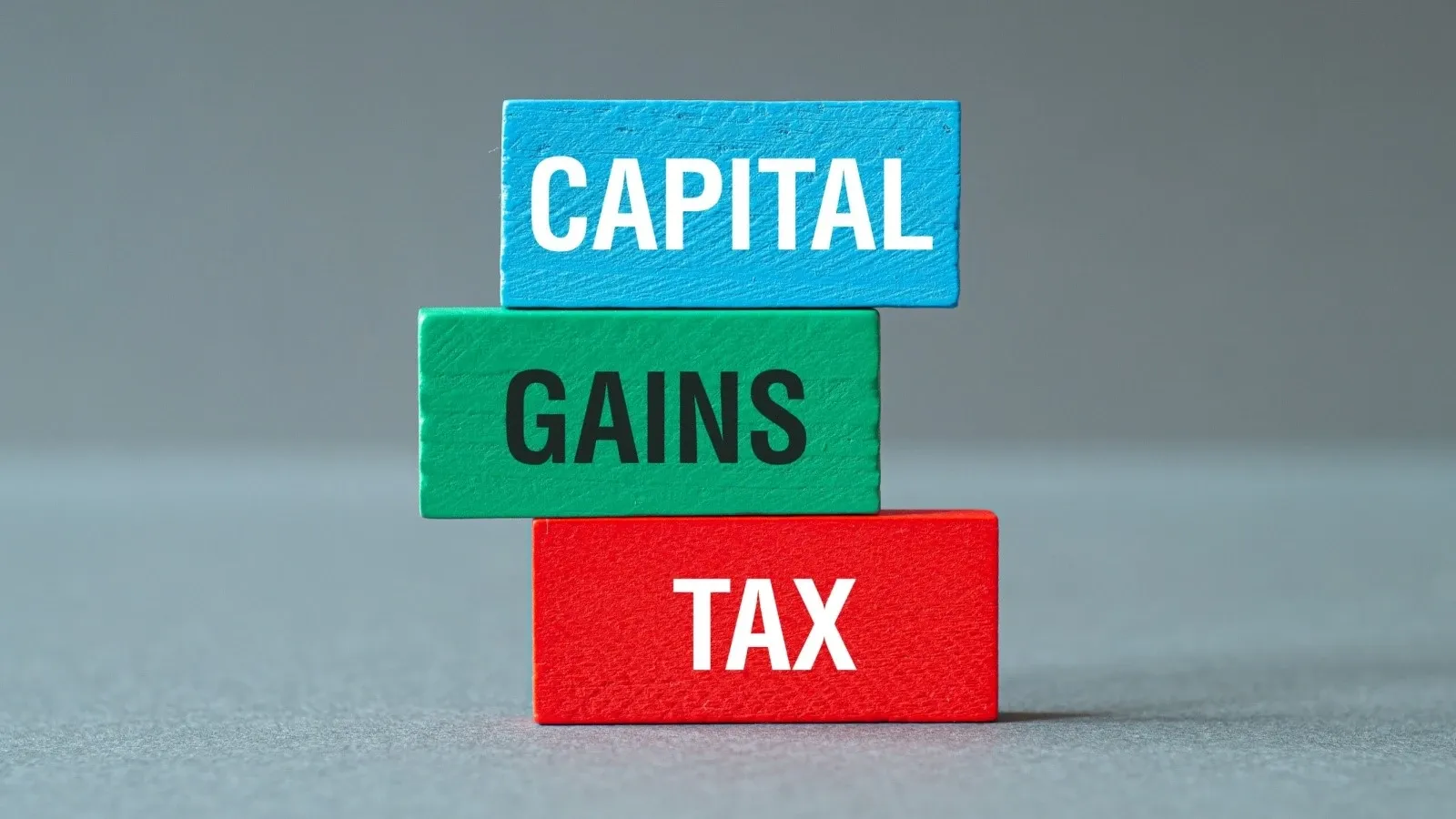Top-Down Investing: Definition, Example, Vs. Bottom-Up
Written by Upstox Desk
Published on October 28, 2025 | 5 min read

Summary
Top-down investing in a complex investment strategy that requires the investors to take a macroeconomic view of the market and its trends. This blog aims to simplify the concept of top-down investing for investors and outlines its differences with bottom-up investing.
Investing is an art and can be quite complex, thanks to its mixed endeavours. It is important to know the various strategies when it comes to gaining from the financial markets. The two most common approaches to investing are top-down investing and bottom-up investing. Top-down equips investors with a framework that helps make informed decisions related to their investment. In this article, we will approach the topic in details to help you understand it and how it differs from the bottom-up approach.
What is Top-Down Investing?
The first step of top-down investment strategy constitutes a thorough analysis of macroeconomic factors and broad market trends. It is then that specific investment decisions are narrowed down, and industries or sectors selected. As an investor applying the top-down investment strategy, you will first assess the overall economic environment and then choose certain areas of macroeconomy that you believe will multiply your investment. It is through macroeconomic analysis that you handpick certain sectors of the economy and invest in individual stocks or assets within them.
Let us now understand the key steps in top-down investing:
- Economic Analysis: Top-down investors must analyse macroeconomic indicators that include GDP growth, inflation rates, interest rates, and unemployment. An analysis of such factors provides information on the overall health of the economy and whether it is in a growth, recession, or recovery phase.
- Sector Selection: A thorough understanding of the economic environment is crucial to earmark the sectors that are expected to flourish. A good example is to favour sectors like technology, materials and commodities, manufacturing, etc. when the economy is going through a growth phase.
- Asset Allocation: After identifying promising sectors, you must allocate your assets to those sectors. This can be done via sector-specific exchange-traded funds (ETFs) or by investing in individual stocks of companies within those sectors.
- Stock Selection: The strategy ends with identifying specific stocks within the chosen sectors. You must try to search for competitive industries that have a good growing potential along with robust fundamentals.
Example of Top-Down Investing
Top-down investing is quite common among investors that can read market signs and understand its state. Let us now illustrate the strategy with an example.
Imagine an investor wants to use the strategy of top-down investment. They start by analysing the global economic market. The analysis reveals that central banks are lowering their rates of interest. It can be deduced from this that the global economy is in a state of expansion and investing in the technology sector is fruitful. Thus, based on the macroeconomic analysis, the investor earmarks certain high growth tech companies that will benefit from low borrowing costs and global growth.
Certain individual tech stocks such as Apple, Amazon, and Microsoft are then allocated a portion of the investment judging by their growth rate and previous performance in the economy. This is how an investor approaches the top-down investment strategy and applies it in his case.
In this scenario, the investor's portfolio over the next few years depends on the performance of the technology sector. When the sector experiences significant gains, driven by factors such as increased demand for tech products and services and expanding profit margins, the investor's portfolio performs well.
Top-Down vs. Bottom-Up Investing
Top-down investing differs significantly from bottom-up investing, which is a strategy that starts with individual company analysis and then involves selecting individual stocks without the consideration of macroeconomic factors. Let us delve into some key differences between the two approaches:
| Factor | Top-down | Bottom-up |
| Starting Point | Begins with a macroeconomic analysis | Starts with researching and analysing individual companies |
| Risk Exposure | Macroeconomic risks have a great impact on top-down investors due to their high exposure | Bottom-up investors are more focused on company-specific risks and macroeconomic risks hardly have a bearing on them |
| Diversification | Top-down investors often use sector or industry-specific ETFs, providing the scope for diversification within a chosen sector | Bottom-up investors usually own a more concentrated portfolio of individual stocks |
| Market Timing | Top-down investors may adjust their portfolio based on economic cycles as and when needed | Bottom-up investors are not exposed to such conditions and may hold stocks for the long term regardless of the macroeconomic situation |
| Research Focus | Top-down investors are more focussed on economic and sector analysis | Bottom-up investors, unlike top-down investors, dedicate maximum to researching individual companies |
Conclusion
Top-down investing is a strategy that begins by analysing the macroeconomic factors and market trends thoroughly before drilling down to specific investments. It provides investors a structured framework that helps them make decisions based on economic conditions and sector outlooks. For a comprehensive understanding, one needs to know the differences between top-down and bottom-up investing. This helps investors choose the approach that aligns best with their financial objectives and preferences.
While some investors might be ready for larger macroeconomic risks and higher gains, others might not. Thus, the decision to use top-down or bottom-up investing rests solely on the investor. Neither approach is inherently superior to the other and some investors might also use a combination of both to create a well-rounded investment strategy.
About Author
Upstox Desk
Upstox Desk
Team of expert writers dedicated to providing insightful and comprehensive coverage on stock markets, economic trends, commodities, business developments, and personal finance. With a passion for delivering valuable information, the team strives to keep readers informed about the latest trends and developments in the financial world.
Read more from UpstoxUpstox is a leading Indian financial services company that offers online trading and investment services in stocks, commodities, currencies, mutual funds, and more. Founded in 2009 and headquartered in Mumbai, Upstox is backed by prominent investors including Ratan Tata, Tiger Global, and Kalaari Capital. It operates under RKSV Securities and is registered with SEBI, NSE, BSE, and other regulatory bodies, ensuring secure and compliant trading experiences.

























